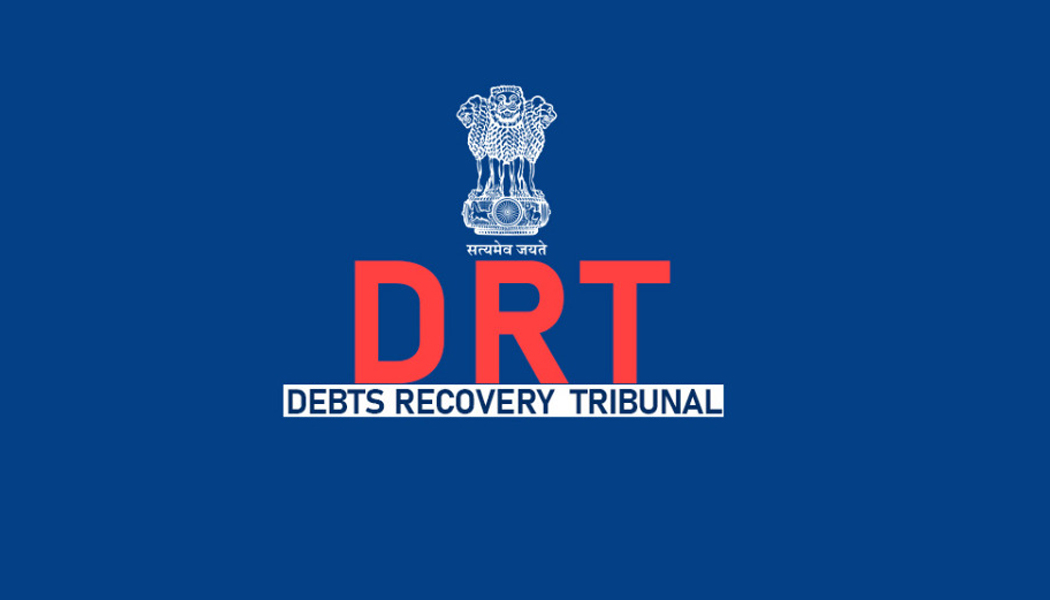
Sarfaesi Notice Under Section 13(2) and 13(4) of Sarfaesi Act
Title: Understanding Sarfaesi Notice under Section 13(2) and 13(4) of the Sarfaesi Act in Indian Law
Introduction:
The Securitization and Reconstruction of Financial Assets and Enforcement of Security Interest (Sarfaesi) Act, enacted in 2002, is a crucial legislation that empowers financial institutions to enforce their security interests without the intervention of the court. One of the pivotal aspects of the Sarfaesi Act is the issuance of notices under Section 13(2) and 13(4), which plays a significant role in the recovery process. In this post, we delve into the details of Sarfaesi notices, exploring their purpose, content, and legal implications.
Section 13(2) Notice:
The Section 13(2) notice is the initial step taken by a secured creditor when a borrower defaults on repayment. This notice serves as a warning to the borrower, notifying them of the default and providing an opportunity to rectify the situation. The notice outlines the outstanding amount, the nature of the default, and a 60-day period for the borrower to regularize the payment. Failure to comply within this stipulated timeframe empowers the creditor to take further actions under the Sarfaesi Act.
Key Elements of Section 13(2) Notice:
1. Identification of the borrower and the secured assets.
2. Details of the default, specifying the amount overdue and the nature of the default.
3. A demand for payment within 60 days from the date of the notice.
4. Consequences of non-compliance, including the intention to enforce security.
Section 13(4) Notice:
If the borrower fails to comply with the Section 13(2) notice, the secured creditor proceeds to issue a Section 13(4) notice. This notice signifies the creditor’s intent to take possession of the secured assets and sell them to recover the outstanding dues. Issued after the expiration of the 60-day period mentioned in the Section 13(2) notice, the Section 13(4) notice is a critical step in the enforcement process.
Key Elements of Section 13(4) Notice:
1. Explicit mention of the borrower’s failure to comply with the Section 13(2) notice.
2. Declaration of the creditor’s intent to take possession of the secured assets.
3. A notice period allowing the borrower to make representations against the intended action.
4. The manner in which the possession will be taken and the assets will be sold.
Legal Implications:
The Sarfaesi Act provides a legal framework for the issuance of Section 13 notices, ensuring a fair and transparent process. However, borrowers have the right to make representations against the action proposed in the Section 13(4) notice. The act also outlines the procedure for the sale of assets and the distribution of the proceeds.
Here’s a breakdown of Sarfaesi Notices under Sections 13(2) and 13(4) of the Sarfaesi Act:
Section 13(2) Notice:
Purpose: To notify a borrower who has defaulted on a secured loan and demand full repayment within 60 days.
Key Points:
- Issued by the secured creditor (usually a bank or financial institution).
- Served after the borrower’s account is classified as a Non-Performing Asset (NPA).
- Provides a 60-day window for the borrower to repay the outstanding dues.
- Failure to comply may lead to the initiation of Section 13(4) proceedings.
Section 13(4) Notice:
Purpose: To inform a borrower that the secured creditor intends to take possession of the secured assets to recover outstanding dues.
Key Points:
- Issued after the borrower fails to repay within the 60-day period of Section 13(2) notice.
- Authorizes the secured creditor to take possession of the secured assets.
- Methods of possession can include: Physical takeover of the assets. Appointment of a Receiver to manage the assets.
- The secured creditor can then sell or lease the assets to recover the dues.
Implications for Borrowers:
- Receiving these notices signals a serious stage of debt recovery.
- It’s crucial to seek legal advice promptly to understand your rights and options.
- You may have grounds to challenge the notices in certain circumstances.
- The Debts Recovery Tribunal (DRT) is the authority to approach for such challenges.
Key Considerations:
- Secured creditors must exercise their powers under these sections reasonably and fairly.
- Borrowers have the right to notice and an opportunity to be heard before any action is taken.
- The DRT provides a mechanism for redressal if borrowers feel their rights have been violated.
In Conclusion:
Understanding the nuances of Sarfaesi notices under Section 13(2) and 13(4) is crucial for both financial institutions and borrowers. These notices form the backbone of the Sarfaesi Act, providing a systematic and legal way for creditors to enforce their security interests. Borrowers, on the other hand, must be aware of their rights and the implications of non-compliance with these notices to navigate the process effectively.
Adcocate J.S. Rohilla (Civil & Criminal Lawyer in Indore)
Contact: 88271 22304
